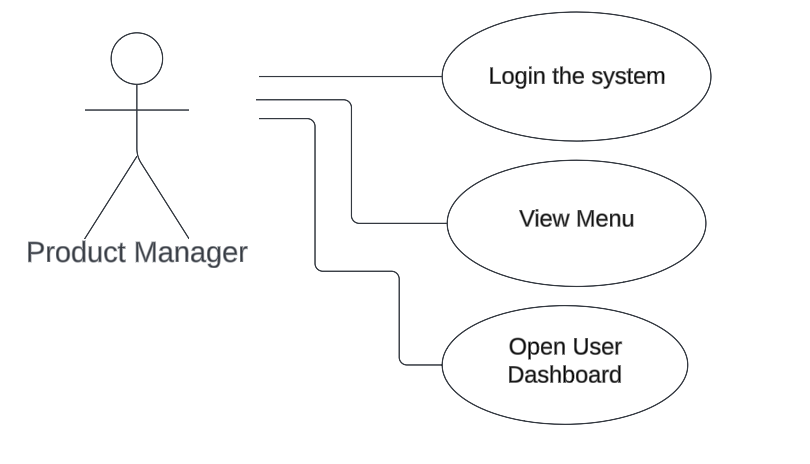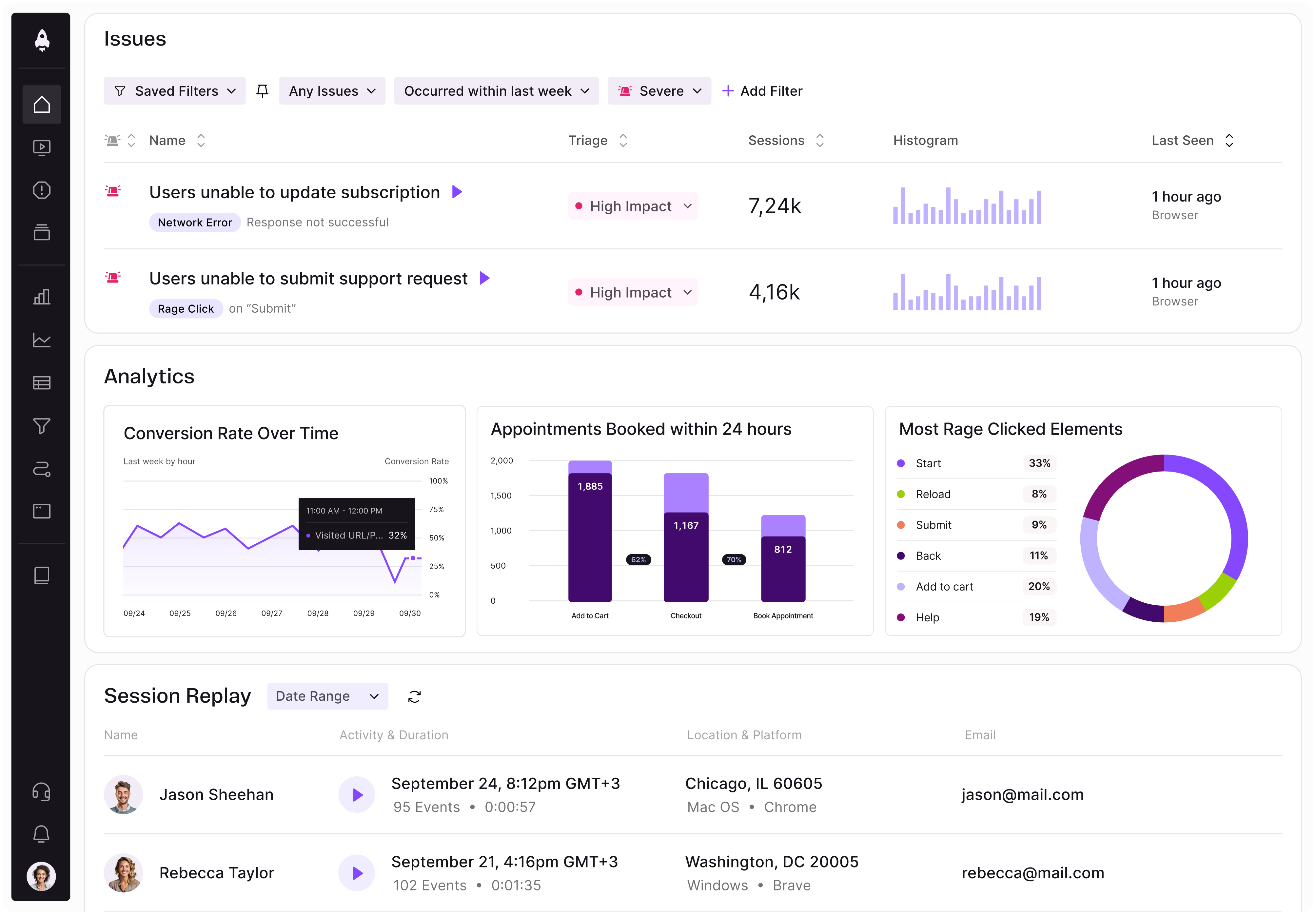As a product manager, you express customer needs to your development teams so that you can work together to build the best possible solution. Serving as the bridge between the two requires you to be able to translate requirements correctly.

Two common approaches to requirements are use cases and user stories. These are often confused with each other. However, while user stories focus on a feature’s result, use cases are more detailed and explain how the system should be working.
Both approaches have different capabilities, advantages, and disadvantages. This post explains more about use cases and users, including their differences and how to implement them.
A use case defines how a product/system solves a problem. In product management, use cases are used to explain a complicated project to other stakeholders. They serve as a collective document that covers all the requirements at a high level.
Use cases let you build understanding stakeholders because you write out a structured requirement flow for the system behavior. This kind of documentation makes it easy to communicate with developers, business analysts, etc. and you can also validate missing points between other requirements.
On the other hand, use cases are time consuming and complex products require lots of cases. Trying to cover all of them can be challenging and because they tend to be high level, you might end up missing some of the flows.
Disadvantages of the use cases is of course it is a time consuming process, you need to create lots of cases and documentations for complex products. Trying to cover all main and alternative flows can be challenging.
A user story is an explanation of a specific feature from the perspective of a user. Because of the user perspective, user stories cover non-technical details about the value of the feature to customers.
User stories need to be as simple as possible to prevent misunderstanding between stakeholders. They represent acceptance criteria and desired features that provide value to customers.
Think of it along the lines of, “As a [user], I want [feature] so that [value].”
The best thing about a user story is they’re as simple as possible and suitable for everyone, regardless of background. Since they’re flexible you can change them according to new customer feedback or data. This makes them well suited for agile.
User stories are less useful if you’re looking for details about a feature. As they are simple, they lack deep information and cannot be used for developing a complete understanding. They also struggle to show dependencies.
Use cases and user stories are both important parts of the software development cycle and each describe a specific feature.
Use cases explain “how” a feature works and user stories focus on the “what, why, and who” questions for a requirement/goal. This means that user stories are more user centric and use cases are more system behavior centric.
Use cases cover all the details to prevent misunderstandings and are documented carefully. Each reader should understand the same thing without doubt. User stories tend to forgo details in favor of explaining them later on.
From the granularity perspective, user stories only discuss specific user needs or functionality rather than use cases that have a wide perspective of how system behaviors.
User stories are non-technical by nature, so you can use short and informal sentences. But for use cases, you need to have a structure and a formal sentence flow. Because of this, use cases aren’t well-suited for agile or iterative development.
As a product manager, if you want to explain a user need or a product goal, you need to write user stories. The format to write a classic user story is “As a Product Manager, I “…” so that I can do “…”. A short and easy explanation for guiding product development or analysis processes.
User stories don’t cover technical details or low-level explanations of the steps. Focus on what the user needs.
User story example: “As a Product Manager, I want a user dashboard so that I can track daily metrics.”
After you specify the need, you can discuss details with the team. Product managers mostly aren’t responsible for technical details, so you can pass the details to the product owners, scrum masters, the technical team or business analysts.
Typical use cases have actors, description, preconditions, main flow, alternative flows, and dependencies components. As you can guess, they have more structured steps compared to user stories. Every step you list has a different purpose and end goal.
Use Case Example:
User stories are mostly used for mature products because stakeholders are familiar with the system. Use cases are best for the new product ideas.
User stories tend to be the preference for agile, but don’t think that means that agile doesn’t require details. When you find yourself needing detailed requirements, turn towards use cases instead. And sometimes you can even mix the two methods together.
One way to do this would be to create use case diagrams for specific user stories:

This usage is pretty common for complex requirements. Because user stories lack the largest goals, a good way to approach this is to group a couple user stories that serve a similar goal and add use case diagrams that explains their details. When you do this, developers can look into a wider window and understand upcoming tasks.
Although the road you take for the two methods differs, they both focus on understanding your customer’s needs. In both cases you need enough data so that you accurately represent your target audience.
Choose the method that best suits your product or team style and remember that you can change them to adapt to new needs or circumstances. As shown above, you can even mix the two together to increase understanding. Either way, understanding requirements gives you the best chance at building successful, sustainable products.
Featured image source: IconScout

LogRocket identifies friction points in the user experience so you can make informed decisions about product and design changes that must happen to hit your goals.
With LogRocket, you can understand the scope of the issues affecting your product and prioritize the changes that need to be made. LogRocket simplifies workflows by allowing Engineering, Product, UX, and Design teams to work from the same data as you, eliminating any confusion about what needs to be done.
Get your teams on the same page — try LogRocket today.

A practical framework for PMs to use AI in ideation without sacrificing judgment, strategy, or decision quality.

A practical five minute revenue estimation method to help product managers compare ideas, drop low impact features, and prioritize smarter.

A practical guide for PMs who want to stop being bottlenecks, delegate smarter, and lead teams effectively with a clear ownership framework.

Stop letting unreliable data block features. Treat data as inventory to track quality, ownership, and ship with confidence.